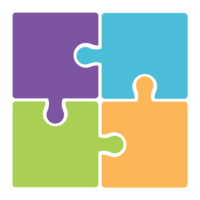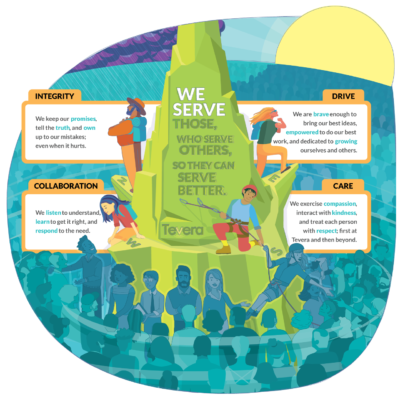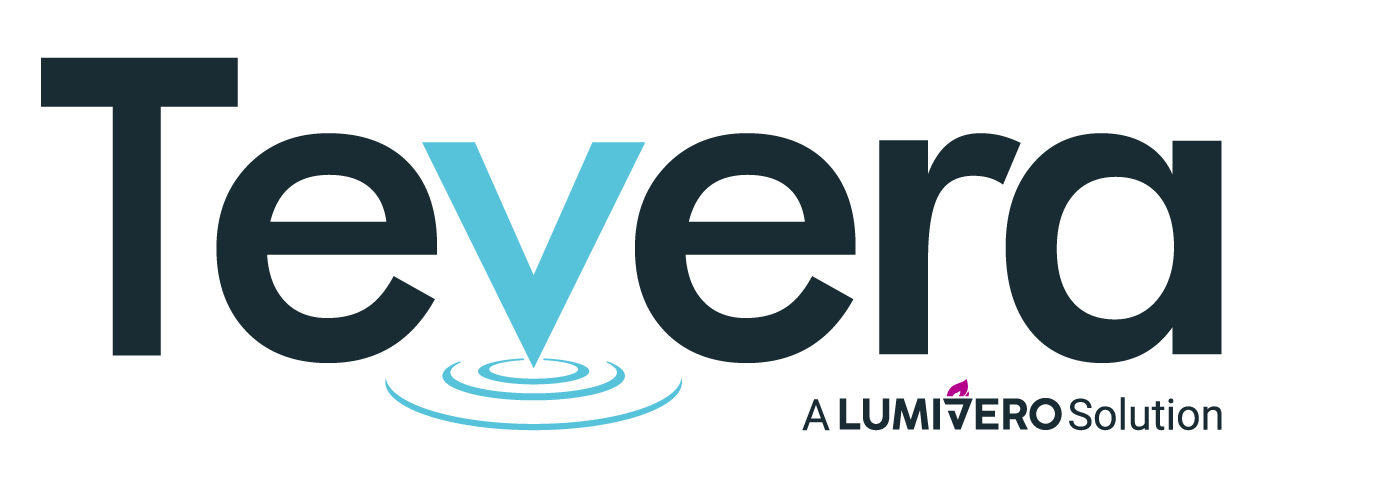Securing CSWE accreditation is a critical step for any higher education social work program, but it’s no simple task! CSWE, or the Council on Social Work Education, has developed a rigorous accreditation process designed to ensure that social work students across the country are set up to successfully practice foundational competencies and become ethical, effective, inclusive practitioners of social work.
Achieving CSWE accreditation signifies to your current and prospective students that they will receive a high-quality, marketable education that will enable them to impact the most change in their communities after graduation!
Meeting this milestone is far from instantaneous, but by following the steps outlined below, you will be able to organize everything you need to meet CSWE’s requirements for accreditation.
STEP 1
Establish Foundational Elements for Program Review
The program review consists of a review of the learning environment and your program’s learning outcomes. This step requires the most advanced planning and should be squared away before students begin the program.
STEP 2
Centralize Data Collection
While Step 1 covered many of the administrative elements of your program’s preparation for CSWE accreditation, the bulk of the effort required year-over-year comes down to data collection. CSWE’s review of your program’s efficacy examines the systems and processes in place for:
- Assessing student competency in the 9 social work competencies
- Promoting and managing student field education
- Reviewing the assessment plan and outcomes related to student achievement
By collecting all of the above data in one centralized system from the outset, organizing and submitting the data CSWE needs to see is easy.
Fortunately, Tevera was designed with exactly these tasks in mind!
STEP 3
Execute Your Assessment Plan
CSWE requires that students be assessed by program faculty or field staff at least 2 times on each competency in the 2022 EPAS. At least one measure must be informed by real or simulated practice, while the other could be assessed based on student performance on an exit exam, portfolio, capstone project, seminar assignment, final presentation, competency-based paper, or course-embedded measure.
Any assessment data should be collected via a rubric, in which the criteria for the basis of competency-based assessment are clearly defined and demonstrable by the student.
Each measure should have an “Outcome Measure Benchmark”, defining the minimum acceptable score that a student could receive to be deemed meeting the competency.
Learn more about CSWE’s guidance on the Assessment of Student Learning Outcomes here.
Gathering all assessment data in one system is easier than ever with Tevera! Program faculty and field instructors alike will be able to evaluate student performance and any assessment rubrics can be aligned with the 9 social work competencies.
STEP 4
Facilitate Field Education
CSWE calls field education the signature pedagogy of social work education. The field education experience allows students to integrate their theoretical knowledge in real-world practice scenarios and develop the fundamental skills required for future professional work.
In order to support the student field experience, your program will need to:
- Ensure generalist and specialized practice opportunities for all students.
- Orient and place students in appropriate field experience settings.
- Verify students are working with appropriately qualified field instructors.
- Provide orientation and resources for field instructors.
- Create a policy for student placement at a place of employment.
- Verify students are working with appropriately qualified field instructors.
- Monitor and support student learning while in their field placement.
- Create a framework by which field instructors can evaluate student learning congruent with the 9 social work competencies.
- Verify student field experience hours accrued (400 hours for baccalaureate students and 900 hours for masters students).
- Implement a system to evaluate field instructor and field education setting effectiveness.
Learn more about CSWE’s expectations for the student field experience in the 2022 EPAS Accreditation Standard 3.3: Field Education.
With Tevera’s field experience solution, you can place students, collect necessary documentation, maintain a database of placement sites and qualified supervisors, verify field experience hours, and more. Learn more here.
STEP 5
Review Program Outcomes
Upon collecting all assessment data, your program will need a process in place for reviewing the assessment plan and outcomes related to student achievement of the 9 social work competencies. (2022-EPAS, 5.0.1(c))
Gaining the insight you need into student learning outcomes is easy with Tevera! Our accreditation standards reports can aggregate the data gathered on any field evaluations along with any other assessment measures that are aligned with the competencies, giving your program a holistic picture of student achievement across the breadth of your explicit curriculum.
Reports can also be filtered to show disaggregated outcomes for different groups, allowing you to easily pull data for each program option as required by CSWE.
Learn more about using Tevera to review program outcomes here.
Book an overview today to learn more about Tevera and see it in action!










